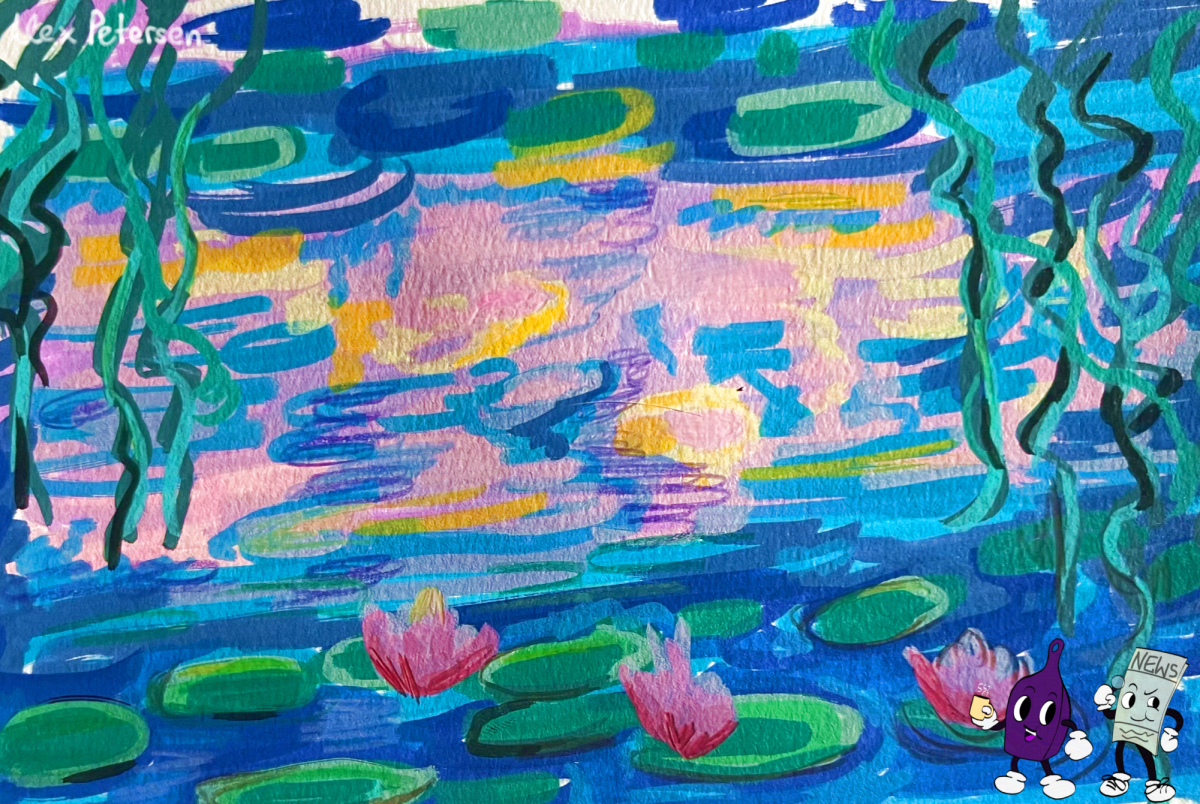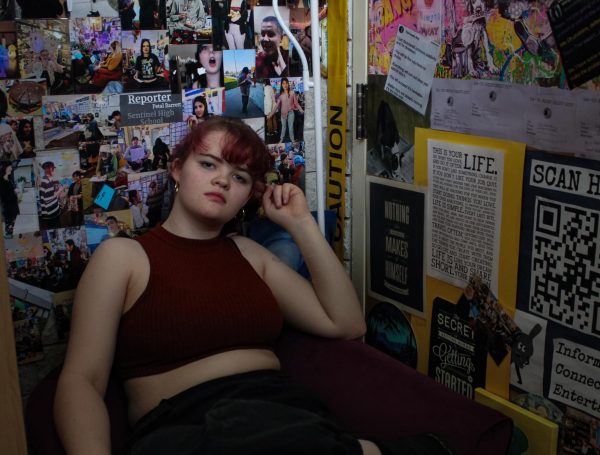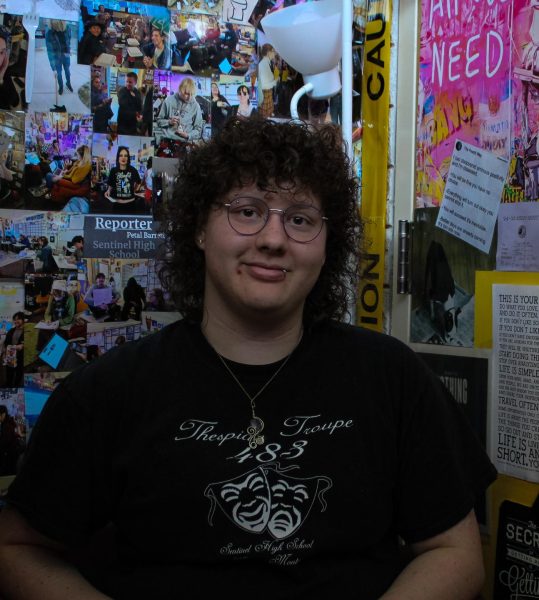The “city of art”, France, has been famous for many years for its many forms of incredible and unique art works. The homeland of romanticism and so many other artistic movements, France’s art history is rich and full of celebrated names.
Gustave Eiffel, is not known for his name but his company’s remarkable metal framework, the Eiffel Tower. The tower’s construction began in 1887, and it was finished in over two years during theMarch of 1889. As the first of its kind, it was decided that it must be able to be seen at all times, so gas lamps were implemented to make it shine in the night. 10,000 gas lamps covered the tower, and to this day, the Eiffel tower sparkles every night.
While the Eiffel tower is a fairly recent work of French innovation, the Gavrinis Passage Tomb is one of the oldest. The tomb was built in roughly 3500 B.C.E.. At the time, Gavrinis Island was still attached to the mainland of France. The chamber’s walls were constructed by almost fifty boulders, with the ceiling made of a massive stone slab weighing nearly 19 tons, which is roughly four elephants.
The tomb begins with a long passage leading to the main chamber where a person or family of significance was formerly buried. In the main chamber, there are twenty-nine of the fifty boulders; twenty-three of which are adorned with detailed carvings of symbols and patterns. These patterns relate to the neolithic cave paintings seen in the Lascaux and Chauvant caves.
Paintings and symbols have always been an integral part of most cultures around the world, with France being no exception. While French painting dates back to prehistoric times, it is most well known for its seventeenth-century compositions.
In the late 1600s, King Louis XIV desired to create a stronger royal image for France. Prior to his reinvention, the royal family would import artists to create their artwork. However, this did not leave room for France to develop its own artistic name, leading to the creation of the Académie.
Jean-Baptiste Colbert and Charles Le Brun were two of the most important members of the institution in its beginning. Paintings in the Académie were prioritized over all other forms of art. The medium was organized into five different categories: History, Portraiture, Genre, Landscapes, and Still Life.
History painting encompasses subjects such as the Bible or allegories, and it was considered the most well renowned category because of the demand for the realism and creative intellect used in order to capture the event. Long after the formation of the Académie, a painting was made by Eugène Delacroix, Liberty Leading the People, to commemorate the July Revolution of 1830.
Portraiture is painting that copies an inspiration, person, thing, or place. It is held in high regard but still lower than History because it is merely the act of repeating reality, not reinventing it. Claude Monet created a famous example of portraiture, an oil-painted Self-Portrait with a Beret in 1886.
Similar to the style of History painting, Genre paintings depict scenes of life, only they are imagined and smaller without the same grand ideas or undertones. Degas’ piece, The Rehearsal of the Ballet Onstage, is debated whether it’s a drawing or a painting, but it is widely agreed that it fits into the Genre category nonetheless.
Landscapes, much as the name would suggest, are paintings of the land. View of La Crescenza, by Claude Lorrain is a painting of the hills outside of Rome, with a building that exists rather than his preferred art of imagined structures.
The final and least respected category is Still Life painting. These would be paintings with an emphasis on color and texture while representing inanimate objects. It was scorned because it required absolutely no creativity on the artist’s part. In 1863, Still Life with Roses and Fruit was created by Henri Fantin-Latour.
Many famous French paintings feature people in large dresses or adorned with hats, which was the common fashion in France in the 1800s. France has always been famous for its fashion, with three of the largest modern day fashion names being French: Louis Vuitton, Gabrielle Bonheur ‘Coco’ Chanel, and Christian Dior.
In the seventeenth century, King Louis XIV began fashion trends that led everyone in Europe to observe the style of France and follow the trends being dealt to them. Along with trends and fads, he began the extravagance and textile trade in France by the end of the 17th century.
French fashion changed drastically over the years, but intricate embroidery and luxurious fabrics were a staple of the style. During King Louis XIV time, long lines with a low waist were in fashion. Women would wear tightly-laced dresses with a petticoat looped on a pannier- a piece of the skirt that would loop around the hips- all covered with a large skirt. Men’s dress didn’t change as much; a coat with skirts acting as a pannier, a black ribbon around the neck, a hat carried under the arm, and a wig to tie it together.
A hundred years later, Paul Poiret was born in France. Poiret altered the style of dress from restrictive corsets to a more simplistic and modern style, making him one of the fathers of haute couture, along with Charles Fredrick Worth.
Not just a proprietor of the fashion industry in France, King Louis XIV gave poet Pierre Perrin (or Abbé Perrin) permission to begin an Opera Academy in summer of 1669. This privilege was given to oppose the Italian opera as well as to give the public the enjoyment of theater and musical arts. However, three years later, Perrin was forced to sell his Academy to Jean-Baptiste Lully.
Many of the first opera shows were dramas. Drama specified plays that express realism and often tragedy similar to the Greeks; however, similar to modern musical theater, all of the story is told through song. In 1770, a German composer named Christoph Willibald Gluck was asked to produce six operas for the stage, concentrating on the dramatic expression. Towards the middle of the eighteenth century, comedy gained popularity in France, which implanted the aspect of dialogue further into the art.
Music, such as opera in France, employed mainly vocals with a trace of simplistic instruments like flutes and drums during the Gaulish and Roman times (pre-medieval). During medieval times, the music shifted into the development of polyphonic compositions containing multiple melodies.
France went through many artistic eras, and French music was no different. Baroque music rose in popularity between 1600 and 1770. Music strayed away from its roots in vocal tunes and increased the popularity of instrumental chords due to the time period. Quickly after the Baroque period followed a trend of romanticism in French art. Romanticism brought about the rise in famed classical composers like Claude Debussy and Frédéric Chopin.
French art may not have been the oldest classic art form, but it paved the way for many modern art concepts, musical theaters, romanticism, and the orchestra to name only a portion of the French imagination’s creations.





